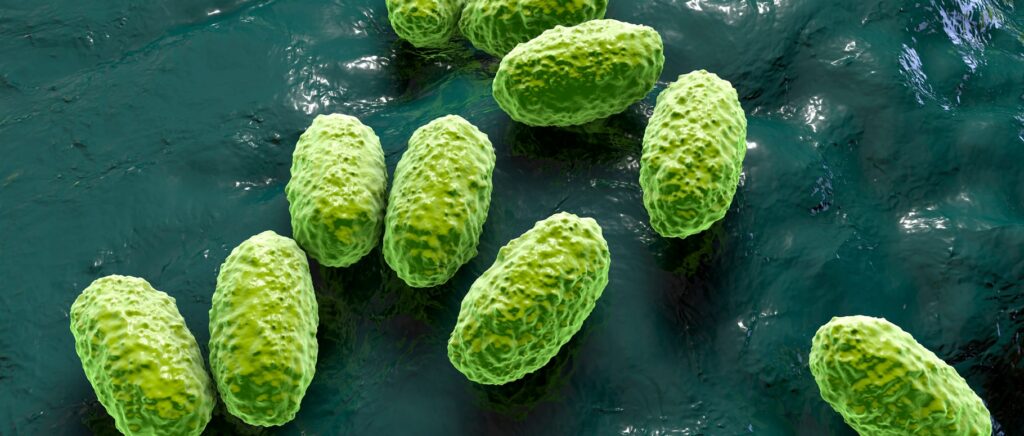
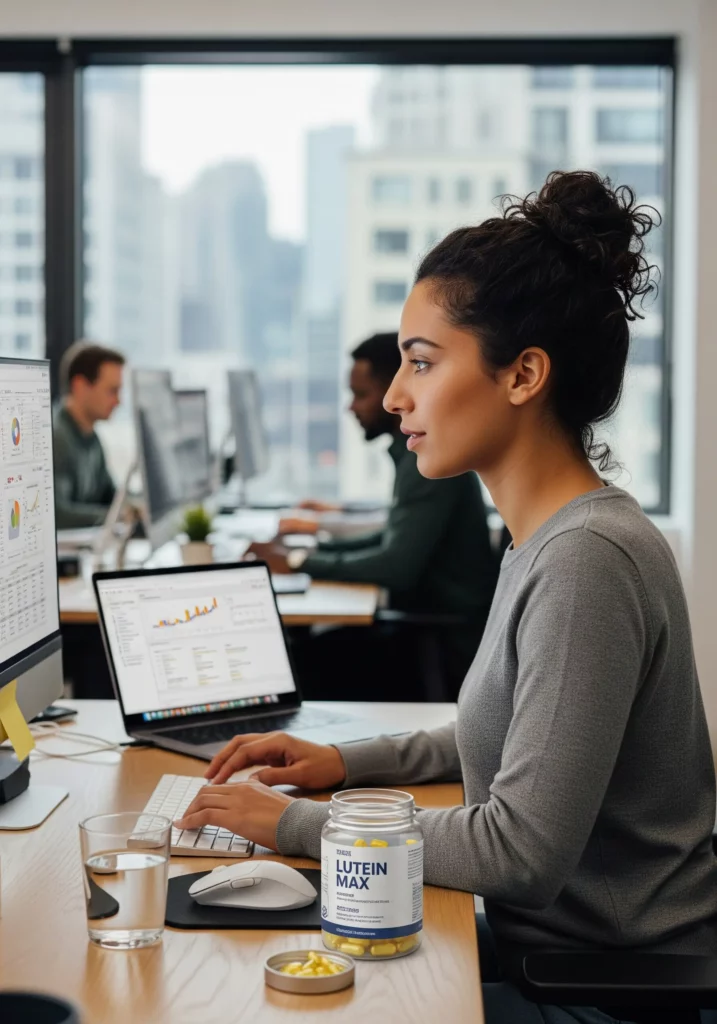
We live in a time when our eyes work more than ever.
Working on computers, smartphones, tablets, artificial lighting — all of this puts a strain on vision. Dry eye syndrome, fatigue, decreased image contrast — these are typical complaints of modern people.
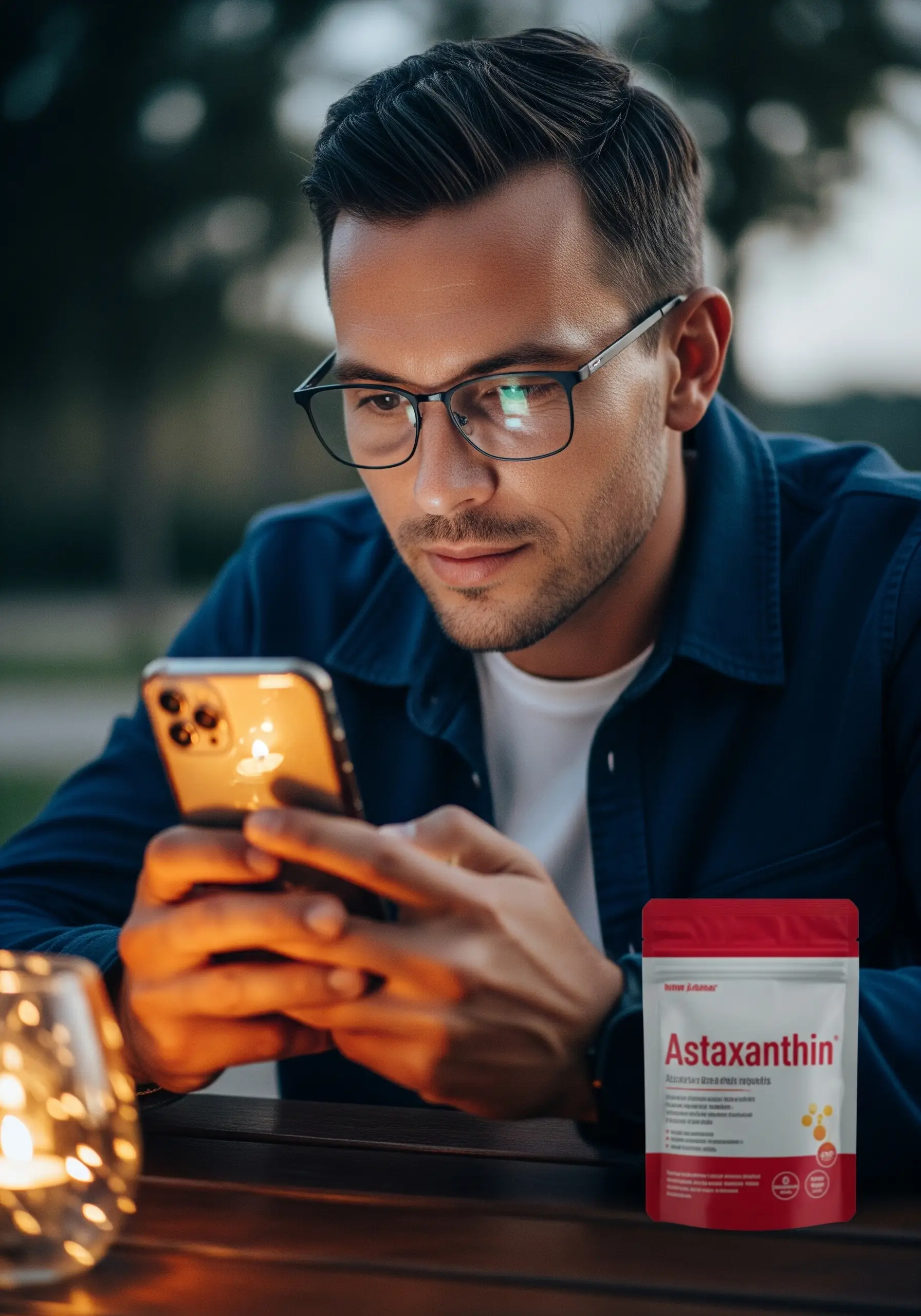
One natural way to support eye health is through phytonutrients — plant pigments that protect the retina from oxidative stress and blue light. The most studied among them are lutein, zeaxanthin, and astaxanthin.
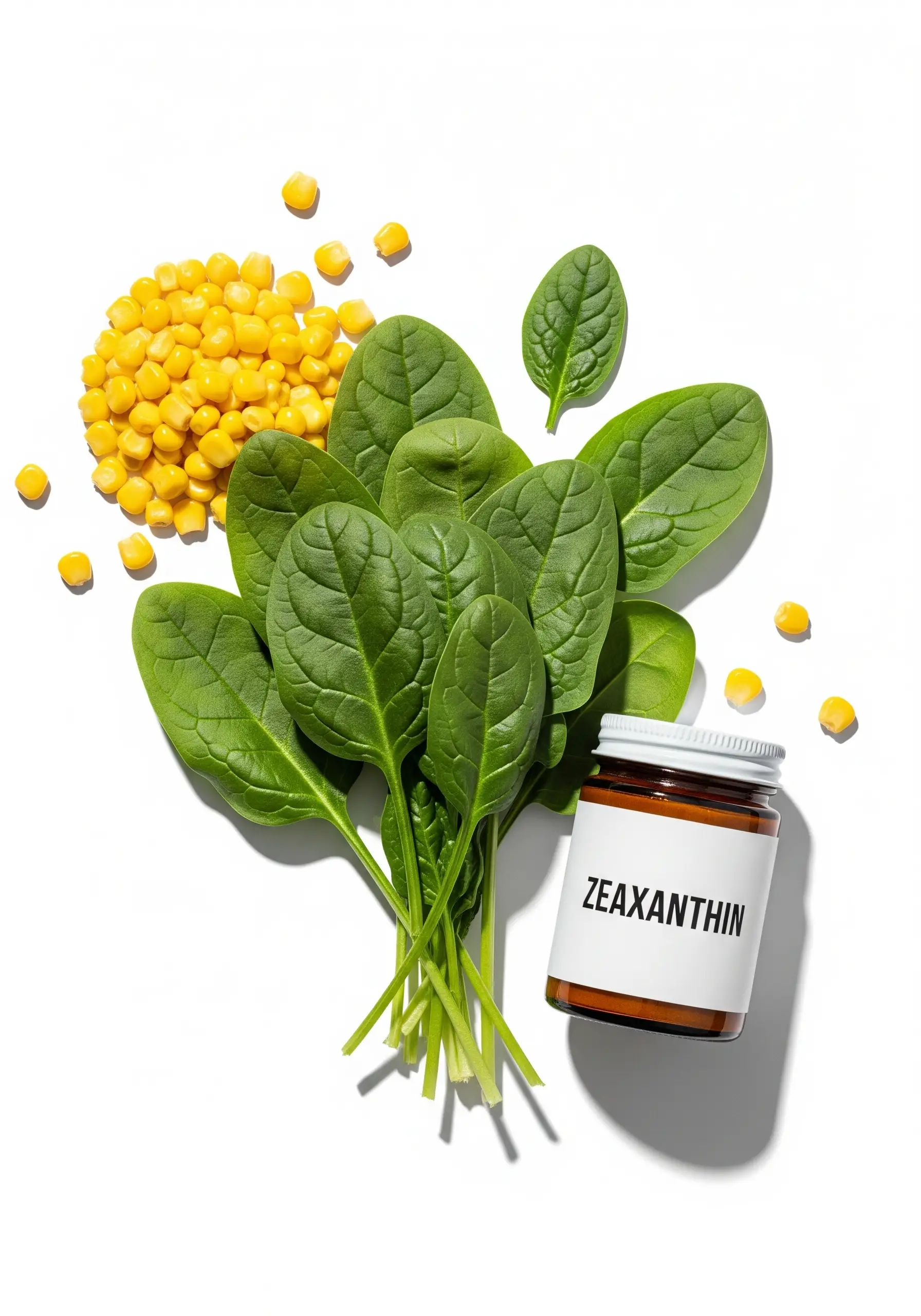
Lutein and Zeaxanthin — “Glasses” for the Retina
These carotenoids concentrate in the macula of the eye and perform two functions:
-
They filter blue light, reducing photoreceptor damage;
-
They act as antioxidants, protecting against free radicals.
The AREDS2 (Age-Related Eye Disease Study 2) study showed that regular intake of lutein and zeaxanthin reduces the risk of progression of age-related macular degeneration.
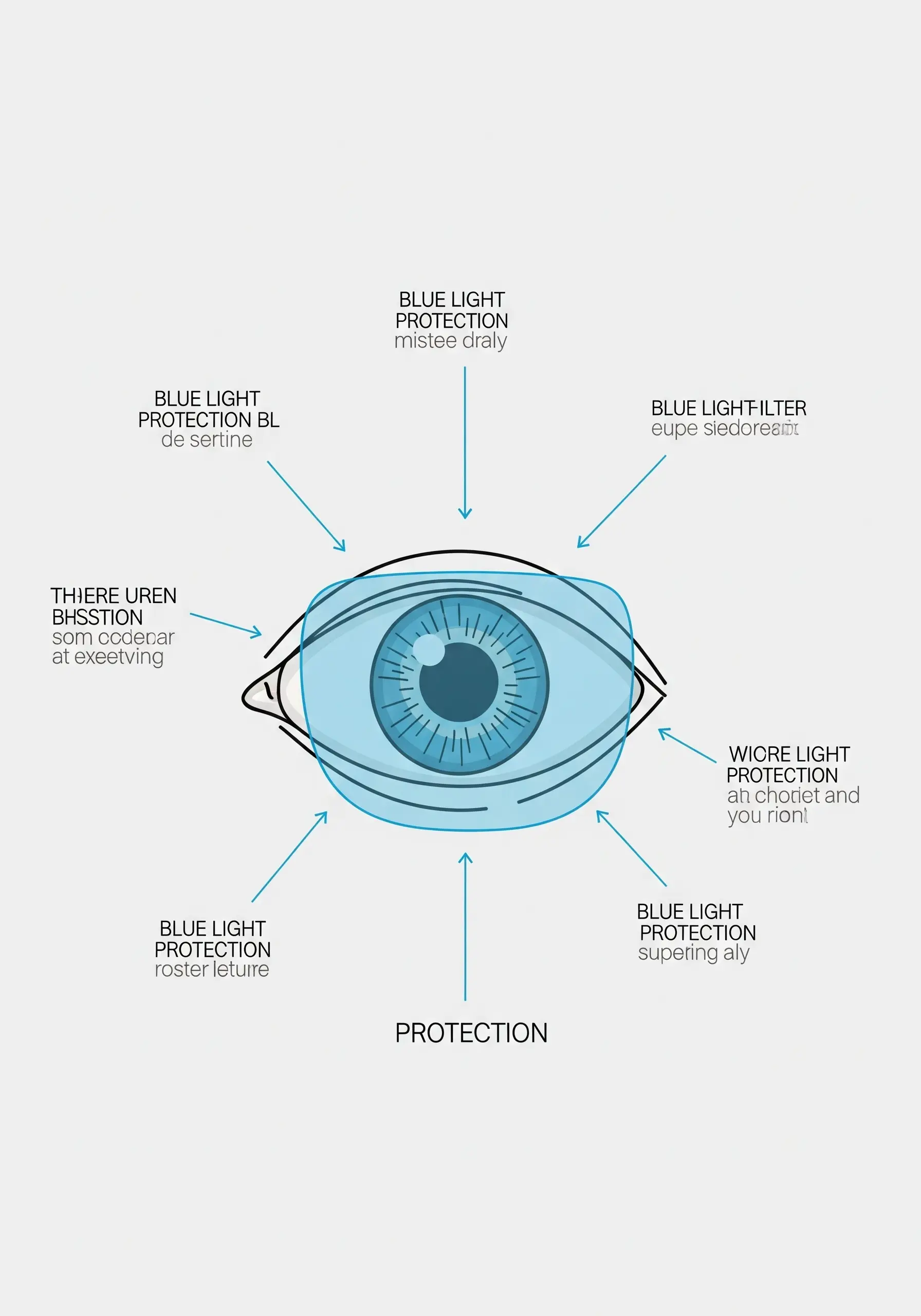
Astaxanthin — Next-Generation Antioxidant
Astaxanthin is a red pigment found in algae and seafood.
-
It has the unique ability to cross the blood-retina barrier.
-
Improves eye microcirculation and reduces fatigue symptoms.
-
In the study Nitta et al., 2005, astaxanthin improved eye accommodation in people who work a lot on computers.
Table 1. Key Phytonutrients for Eyes
| Nutrient | Sources | Primary Action | Study |
|---|---|---|---|
| Lutein | Spinach, broccoli, corn | Blue light filtration, antioxidant | AREDS2 |
| Zeaxanthin | Yellow pepper, oranges, corn | Macula protection, antioxidant | AREDS2 |
| Astaxanthin | Microalgae, krill, salmon | Improves accommodation, microcirculation | Nitta et al., 2005 |
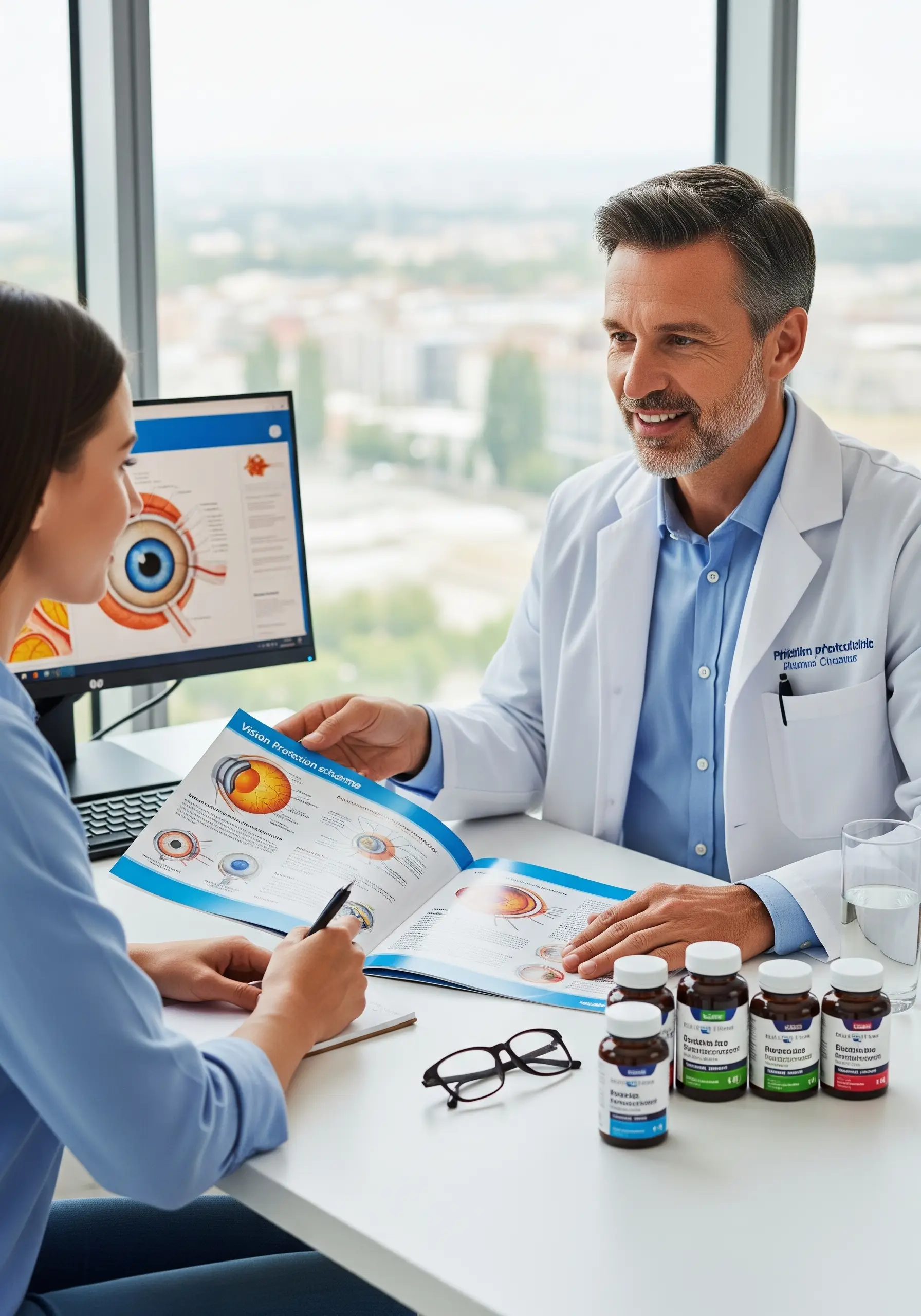
Modern Formulas in 2025
At Vitafoods Europe 2025, new combinations were presented:
-
Lutein + Zeaxanthin + Zinc + Vitamin C — for daily eye protection.
-
Astaxanthin + Omega-3 — to improve microcirculation and combat dryness.
-
Gummies for children and students — a new format that improves compliance.
Table 2. Practical Use of Phytonutrients
| Situation | Solution | Additional Advice |
|---|---|---|
| Working at a computer 8+ hours | Lutein + Zeaxanthin | Take 20-20-20 breaks |
| Dry eyes | Astaxanthin + Omega-3 | Use moisturizing drops |
| People 50+ | Lutein + Zeaxanthin + Zinc | Ophthalmologist check-up |
| Students, schoolchildren | Carotenoid gummies | Limit evening screen time |
| Drivers | Astaxanthin | Use blue light filtering glasses |
FAQ — Frequently Asked Questions
1. Can you get enough lutein and zeaxanthin from food?
Yes, but the average diet provides only 20–30% of daily needs, so supplements are relevant.
2. How is astaxanthin different from other antioxidants?
It penetrates cell membranes and acts in both water and fat environments, making it unique.
3. When should these nutrients be taken?
Best taken with meals containing fats (oil, nuts, fish), as they are fat-soluble.
Conclusion
In the digital age, eyes need special protection. Lutein and zeaxanthin act as natural “glasses,” while astaxanthin helps reduce fatigue and support retinal health. Together, they form a modern approach to preventing vision problems — from office workers to schoolchildren.
References
-
Age-Related Eye Disease Study 2 (AREDS2). JAMA. 2013.
-
Nitta T. et al. Effects of astaxanthin on accommodation and ocular blood flow. J Clin Ther Med. 2005.
-
Ma L. et al. The effect of lutein and zeaxanthin on visual function. Nutrients. 2016.
-
EFSA. Scientific opinion on lutein and zeaxanthin. EFSA Journal. 2019.
-
Ambati RR. et al. Astaxanthin: sources, extraction, stability, biological activities and its commercial applications. Mar Drugs. 2014.


